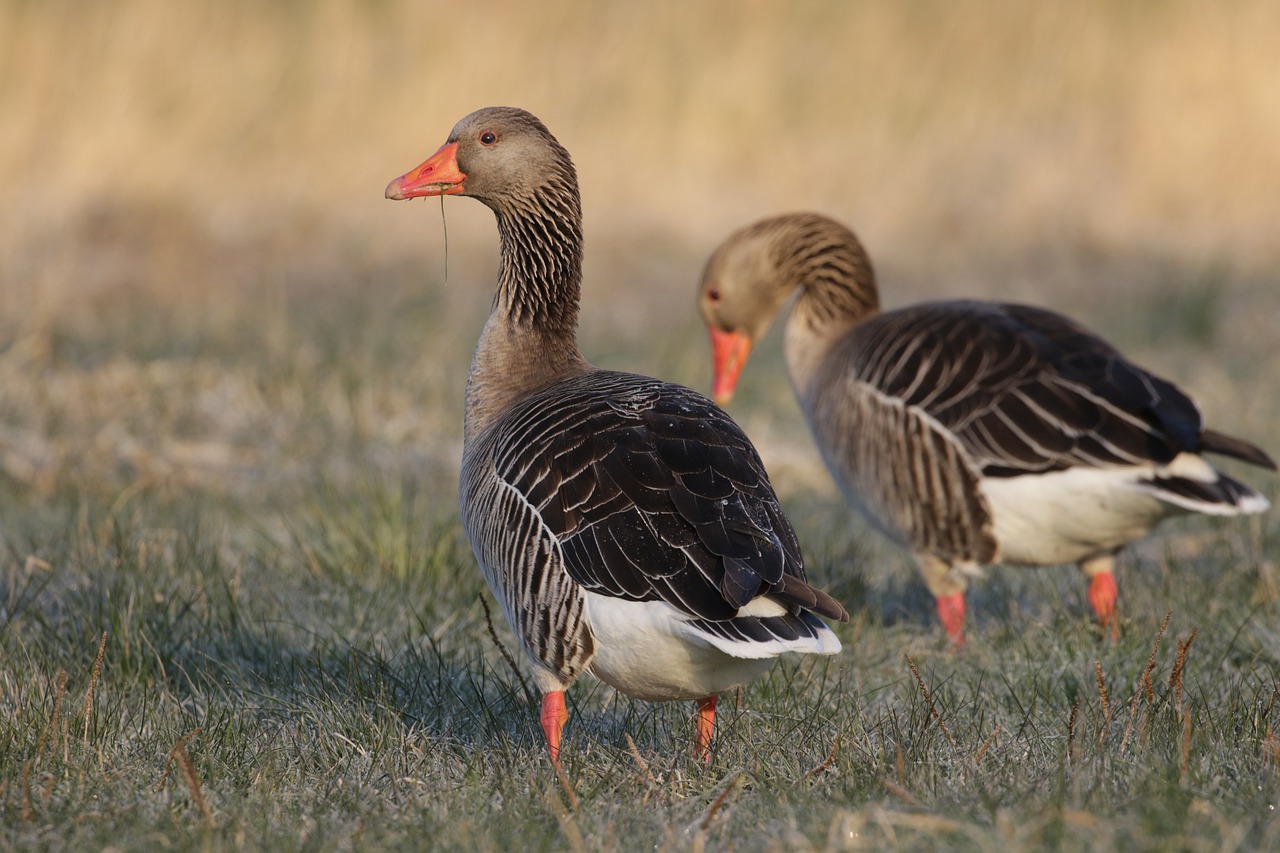Field choice of staging Greylag Geese Anser anser in relation to changes in agriculture in South Sweden
DOI:
https://doi.org/10.34080/os.v8.22958Keywords:
staging sites, stopover sites, foraging ecology, habitat selectionAbstract
The Greylag Goose Anser anser has increased markedly in South Sweden in recent years. During 1985–1996 the field choice and local distribution of post-breeding foraging Greylag Geese was studied in an inland breeding area (with marked changes in land-use), and in a coastal area (with small changes in land-use) used by the same population. During late summer the geese gathered into one or two major flocks in the lake area and one or a few flocks in the coastal area. In the first years, geese in the inland area only made short feeding flights to crop fields close to the roosts, but with the introduction of large set-asides close to the roosts feeding flights were extended; the average distance increased threefold at two roosts and fivefold at a third. In the last year of the study, the fields close to the roost were again grown with cereals and the geese returned to their old pattern. The preferred feeding areas in the lake area were stubble fields and the geese started to leave the area when fields were ploughed. When available, peas were a preferred food before the harvest of cereals. In the first years of the set-aside programme, some set-asides were highly preferred early in the season. During the first years, relatively few geese used the coastal area, mainly in late autumn, but increased markedly in importance during the study period, whereas only a slight increase was found in the lake area. During the study period the Greylags in the coastal area established the new habit of feeding on sugar beet spill.
Downloads

Downloads
Published
How to Cite
Issue
Section
License
The copyright of each contribution belongs to the author(s), but all contributions are published under a Creative Commons license, so that anyone is free to share and reuse the contribution as long as the copyright holder is attributed.







